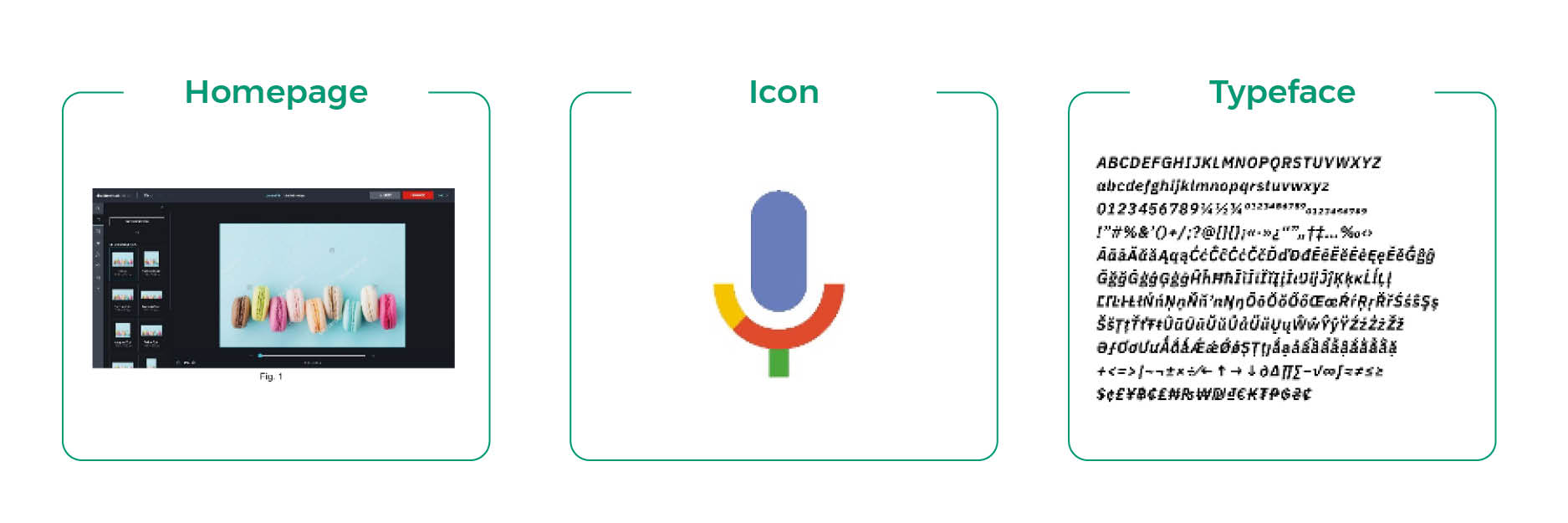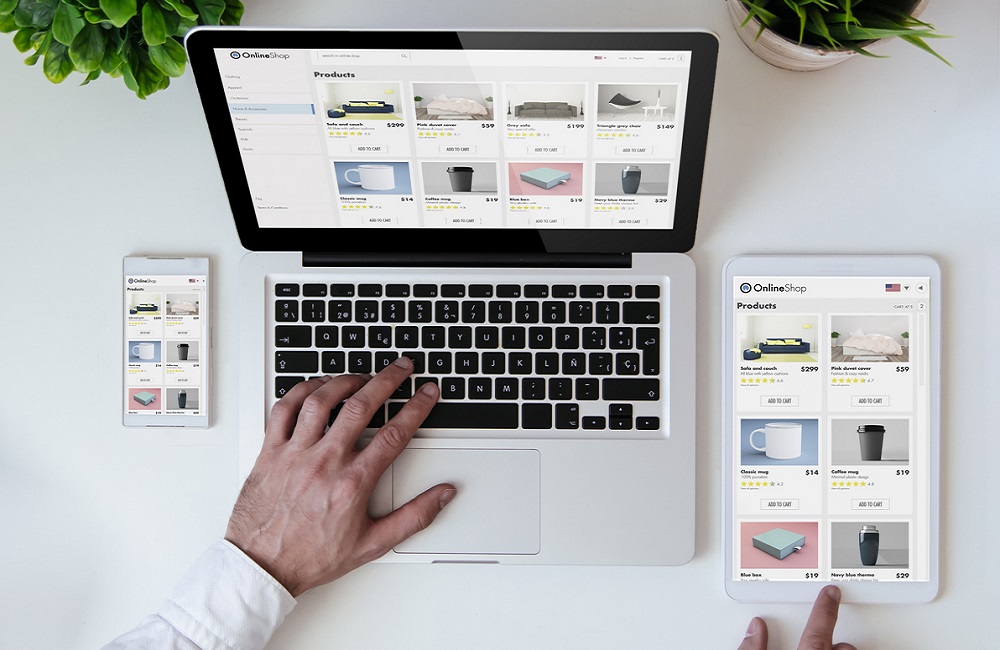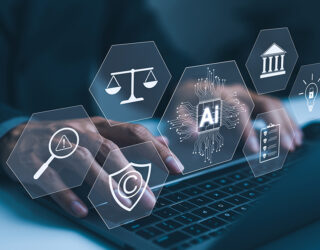Nowadays it seems that if you don’t appear on the Internet, you don’t exist. For this reason, many companies invest a great deal of money and effort in creating an attractive website that grabs users’ attention and which has good usability features. The investment made in achieving those objectives is substantial and it is therefore important to know how it can be protected, in order to safeguard, whenever possible, our exclusive rights in the website that represents us on the Internet. The best way of protecting the site must be analyzed case-by-case, but it is important to be familiar with all the methods available. Let’s take a look.
1. Intellectual Property
This tool is extremely useful and also cheap, since it enables all original works to be protected and does not require registration (which considerably reduces the investment that needs to be made). However, there are quite a number of limitations in intellectual property when it comes to protecting software, so the first step is to understand what can and cannot be protected under the law.
In accordance with the Intellectual Property Law (LPI) and case law, several parts of a website may be protected, including, the source code, user manuals, website content (i.e. photographs, illustrations, texts, icons, etc.) obviously provided that the content is original. Conversely, the LPI does not protect ideas or abstract concepts. That is, it does not protect the “idea” of developing an Internet search engine such as Google, Bing or Terra, only the specific elements through which it can be carried out. However, the distinction between idea and expression is far from simple and must be analyzed case by case.
Once you have separated the idea from its expression, you still need to evidence that it is an original work, which is not an easy task either. A good example is the Barcelona Provincial Appellate Court 280/2017 judgment, which assessed whether the website “Asco de Vida” infringed the intellectual property rights of the creators of the websites “Vide De Merde” and “Fuck My Life”. The court started off by distinguishing between the need to apply the dichotomy idea vs. expression and ended by concluding that the interface of the plaintiff’s websites did not meet the originality requirement necessary to be able to be protected as a work of art via copyright.
In addition, the fact that works are protected the moment they are created is a huge advantage for the authors. However, it demands a bigger effort from companies that engage the services of developers, graphic designers, photographers and content creators, etc. Why? Because it is necessary to ensure that the rights are transferred correctly. For this purpose the use of intellectual property policies within the company are important, as is an adequate contractual management, both in relation to employment contracts as well as in relation to contracts with third-party providers.
Finally, other benefits of protecting software via intellectual property are, as mentioned, that it does not require registration. However, the fact that registration is not necessary, does not means that it is not advisable. There are several options to choose from, such as depositing it at the Intellectual Property Registry, notarial deposit, or time stamping services such as those provided by the World Intellectual Property Organization (WIPO Proof) for example. They are all valid for evidencing the existence of a particular file or set of data at a specific time. However, we must remember that these options do not constitute registrations since they are merely declaratory.
2. Unfair competition
The owners of a computer program can only protect it from imitations via the Unfair Competition Law (LCD). However, we must also bear in mind that one of the general principles established by the LCD is that imitation is free. That is to say, the imitation of business initiatives is free, unless they are covered by an exclusive right recognized by law. The Spanish courts have held that “the right to imitation not only allows something similar to the pioneering item to be made and marketed, but also to imitate it, with the only exception that the pioneer must hold exclusive rights in its performance” (SCR 280/2017).
However, the principle of freedom of imitation has its exceptions. Consequently, imitation may be unfair if it creates a risk of association with the item imitated, if it takes unfair advantage of a third party’s reputation or effort; or if it is systematic.
It is true that all imitations per se, take unfair advantage of a third party’s reputation or effort, so for it to be unfair, the imitator must take advantage of the essence of the third party’s work without assuming such costs and without enabling the pioneer to take a firm grip on the market. The Supreme Court has held that for unfair advantage to be taken of the imitation of third party renderings, it is necessary for a significant saving or reduction in production or marketing costs to be obtained beyond what is considered admissible for the correct functioning of the market, and for such saving to be unjustified (SCR 675/2014). It is therefore important to bear in mind that it is the form of imitation and not the act of imitating itself, that constitutes taking advantage of a third party’s efforts. As the Supreme Court has indicated, “unfair practices are justified by the manner and way in which the party concerned gets to be in a position in which it is able to take advantage of the third party’s item that has been imitated” (SCR 1910/2017).
3. Industrial designs
Finally, the owners of a computer program can also use industrial design legislation to protect its appearance, including both the Spanish Law on Industrial Designs and the Regulation on Community Designs. We are referring in this case to the external appearance of the program, which may extend to elements such as the user interface, illustrations that are included on the site, the icons used to identify the various functions, etc. The European Union Intellectual Property Office (EUIPO) gives us various examples, which we reproduce below:

Two requirements must be met in this case: novelty and individual character. Novelty implies that there are no previous designs identical to ours. Individual character on the other hand, implies that the general impression that the design produces on informed users, differs from the overall impression produced by any other previous design. In this case registration is necessary, the main advantage of which is the assumption that the registered design is valid.
Having reached this point, some of you may be asking yourselves what happens with the patentability of software – a topic that has been hotly debated. We will be dealing with this subject in the next issue.
Eva Golmayo
Garrigues Intellectual Property Department






